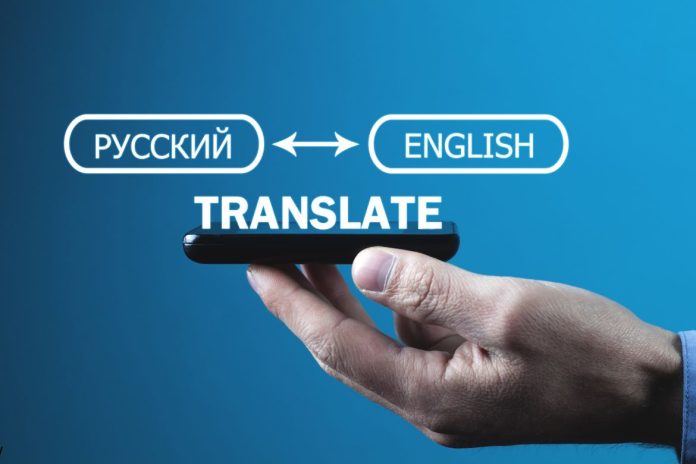Introduction
In the digital age, language has become less of a barrier and more of an opportunity for connection. Thanks to the advancements in artificial intelligence (AI), we now have powerful tools that can translate content across languages, making information accessible to a global audience. But AI translation wasn’t always as sophisticated as it is today. The journey from basic text translation to full-fledged multilingual video content is a fascinating story of technological innovation and relentless pursuit of perfection.
The Early Days of AI Translation
The concept of machine translation dates back to the 1950s, when computer scientists first began experimenting with the idea of using machines to translate languages. Early systems were rudimentary, relying on simple word-for-word translation methods. These early efforts often produced translations that were awkward, inaccurate, and difficult to understand. The limitations were primarily due to the complexity of natural languages, which include nuances like idioms, cultural references, and contextual meaning.
The Rise of Statistical and Rule-Based Translation
In the 1980s and 1990s, machine translation saw significant advancements with the development of statistical and rule-based approaches. Statistical machine translation (SMT) relied on large corpora of bilingual text to identify patterns and probabilities, improving the accuracy of translations. Rule-based systems, on the other hand, used linguistic rules to parse and translate text. While these methods marked a significant improvement, they were still far from perfect, often struggling with context and producing translations that felt mechanical and unnatural.
The Neural Network Revolution
The real game-changer came with the advent of neural networks and deep learning in the 2010s. These technologies enabled the development of neural machine translation (NMT), which uses artificial neural networks to model the entire translation process. NMT systems like Google Translate began to deliver translations that were not only more accurate but also more fluid and natural-sounding. The use of context-aware translation and the ability to handle complex sentence structures marked a significant leap forward.
From Text to Multilingual Video Content
As AI translation technology continued to evolve, its applications expanded beyond just text. The next frontier was video content, which presented unique challenges. Translating video required not just converting the spoken words into another language but also ensuring that the translated speech matched the timing and lip movements of the original video.
This is where AI-powered tools like Duzo.ai have made a significant impact. By integrating advanced voice recognition, lip-syncing, and voice cloning technologies, Duzo.ai enables content creators to translate their videos into multiple languages while maintaining a high level of authenticity. The translated video looks and sounds natural, making it easier for viewers to connect with the content, regardless of the language they speak.
The Future of AI Translation
Looking ahead, the future of AI translation is incredibly promising. We can expect further improvements in translation accuracy, especially in languages with fewer resources. Additionally, as AI becomes more adept at understanding cultural nuances and context, translations will become even more seamless and natural.
Moreover, the integration of AI translation with other emerging technologies like virtual reality (VR) and augmented reality (AR) could open up entirely new possibilities for global communication. Imagine attending a live VR event where the speaker’s words are instantly translated into your native language, with perfect lip-syncing and voice modulation.
Conclusion
The journey of AI translation from simple text to multilingual video content is a testament to the power of technological innovation. What started as a rudimentary tool has evolved into a sophisticated system capable of breaking down language barriers and bringing people closer together. As AI continues to advance, we can look forward to a future where language is no longer a barrier but a bridge to greater understanding and collaboration.








